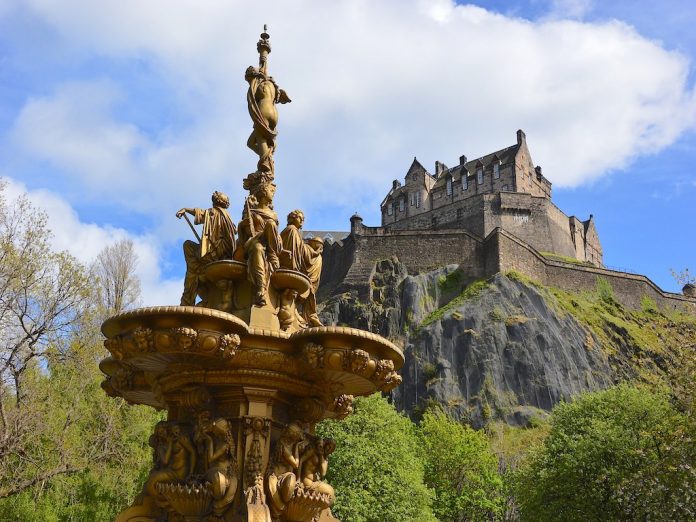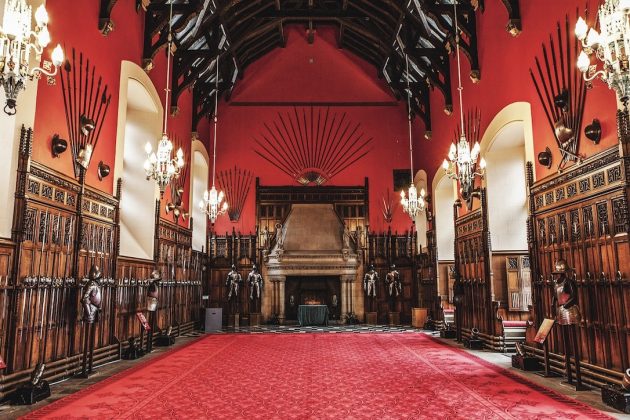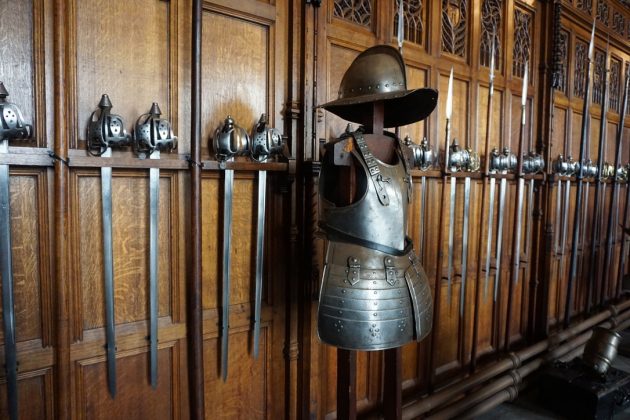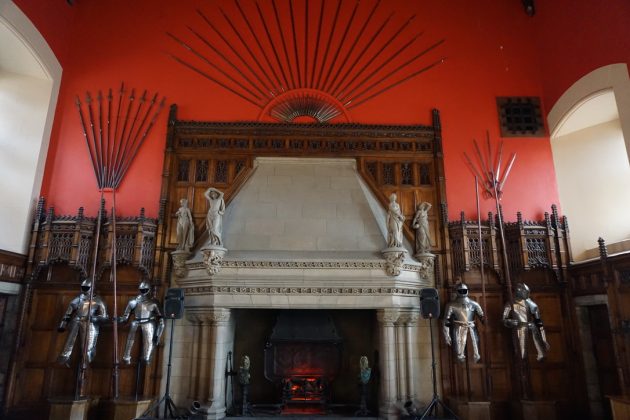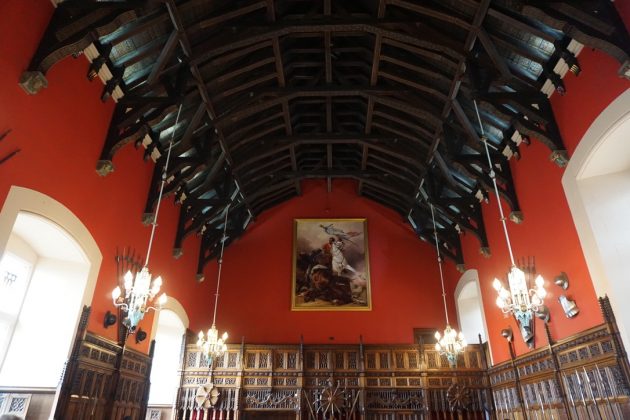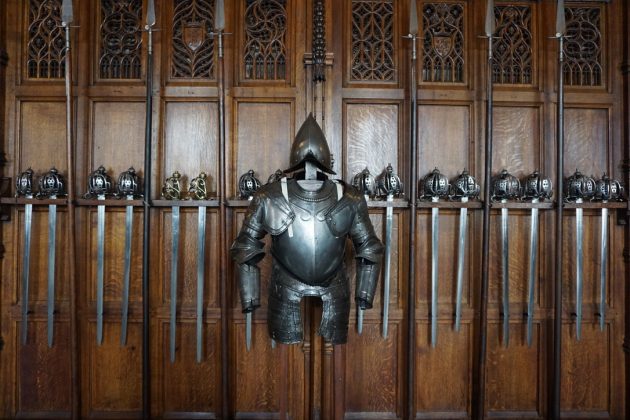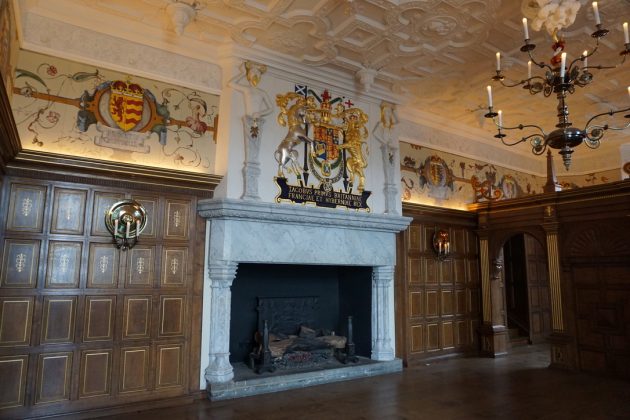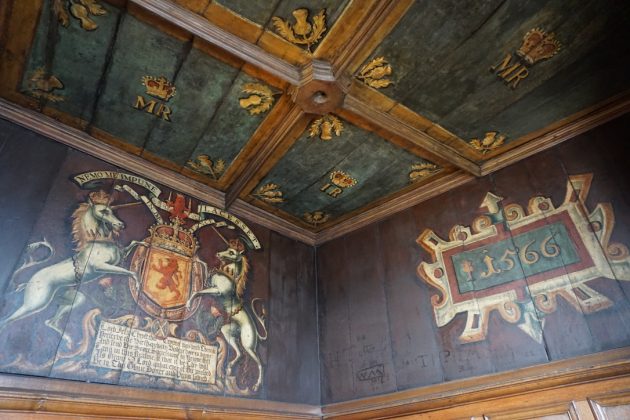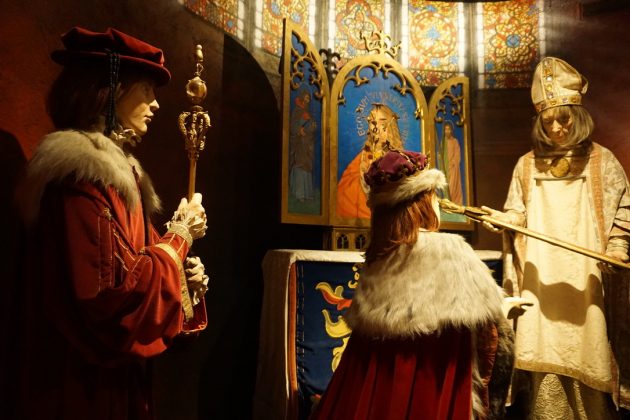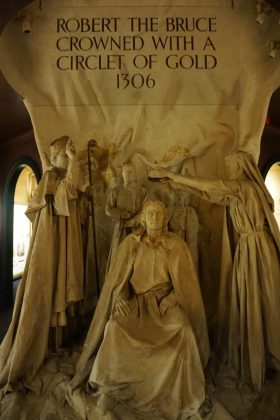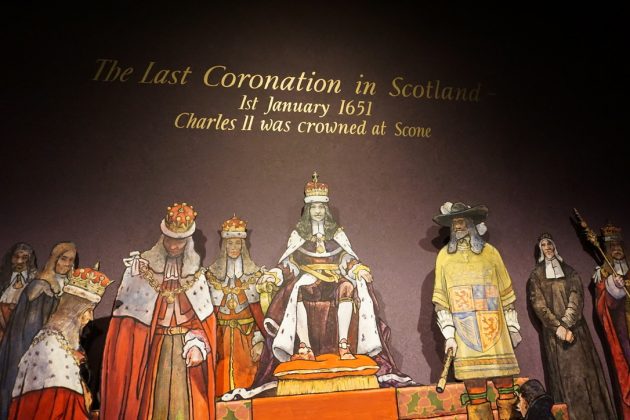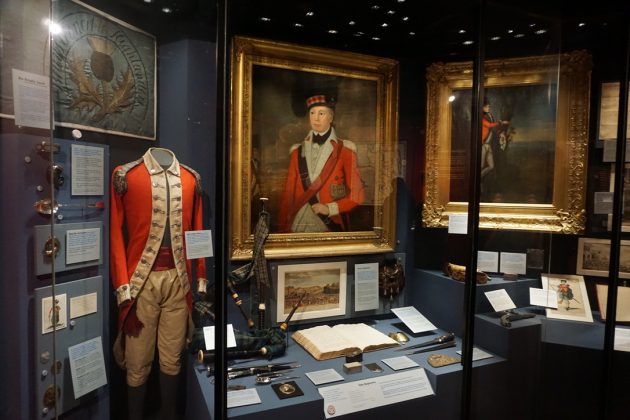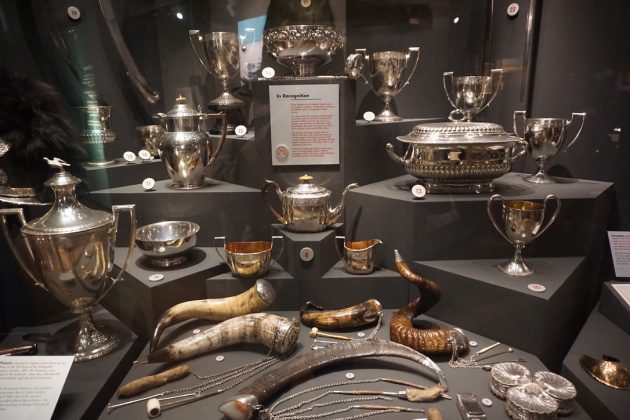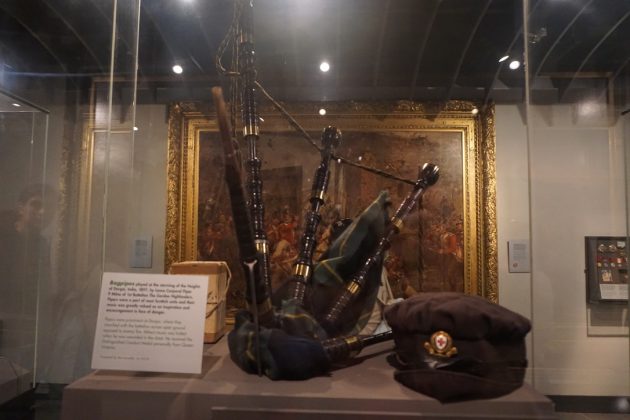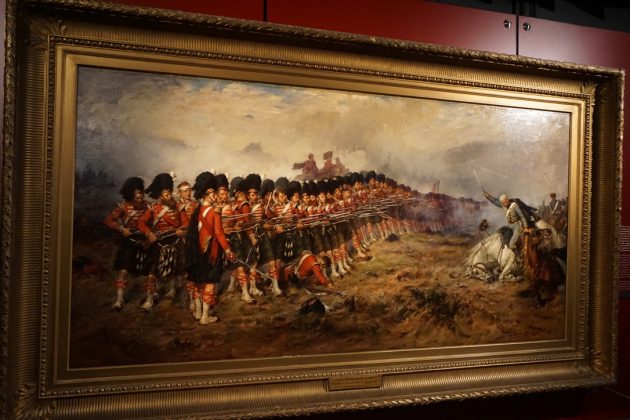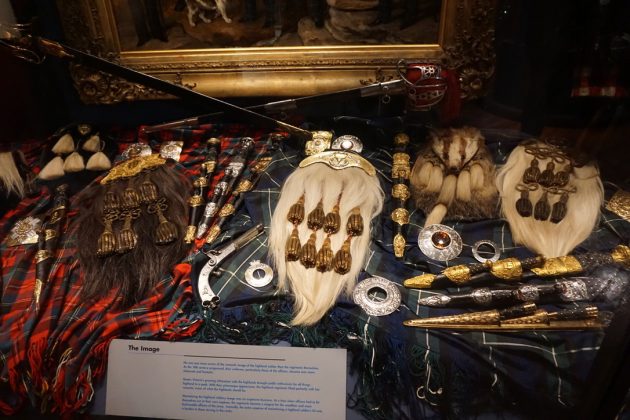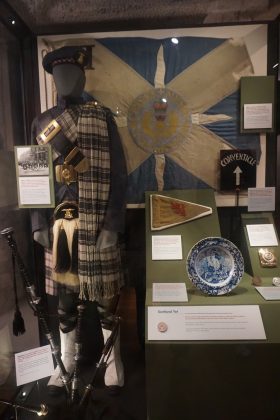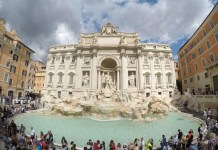Check out all the tips to visit Edinburgh Castle, one of the main attractions in Edinburgh, the capital of Scotland. The place is full of stories, salons, museums, Scottish Crown jewels and the famous “Stone of Destiny”. See what and how to get to know the place.
EDINBURGH CASTLE
Edinburgh Castle is a historic fortress perched on top of a mountain in Castle Rock. The castle is Scotland's most popular paid tourist attraction and is built on a large volcanic rock dominating the city's skyline. Human occupation of the site is believed to have started on the site from at least the 2nd century CE There is evidence of a castle on the site from at least the reign of David I in the 12th century. during the Wars of Scottish Independence (13th and 14th centuries), it changed hands many times. In 1314, it was retaken by the English. A curiosity is that Queen Mary of Scots gave birth to James I in the palace in 1566.
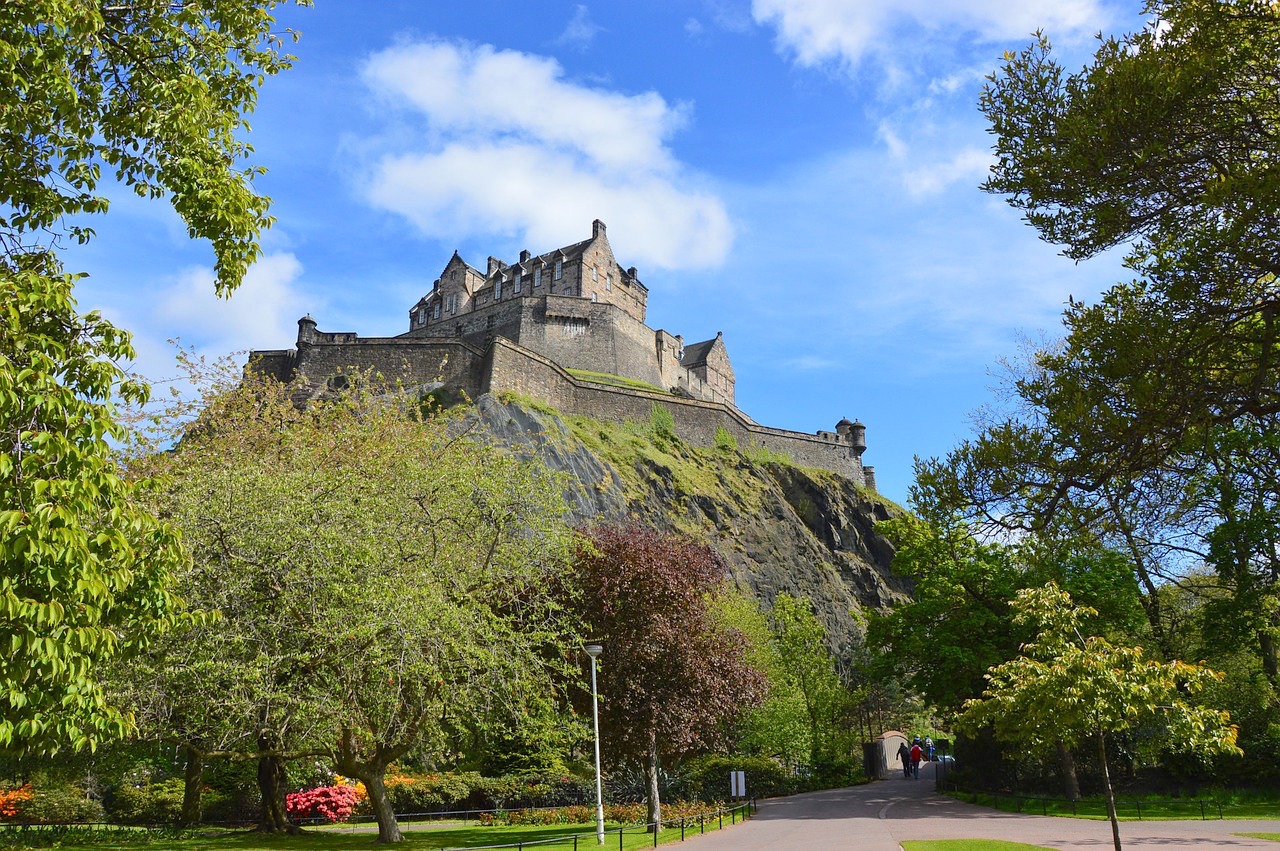
Although its residential importance declined over the decades, the site continued to be a royal residence until 1633. After this date, it was primarily used as a military barracks. Considered one of the most important fortresses in Scotland, Edinburgh Castle was involved in many historical conflicts and its medieval defenses were largely destroyed by artillery bombardment.
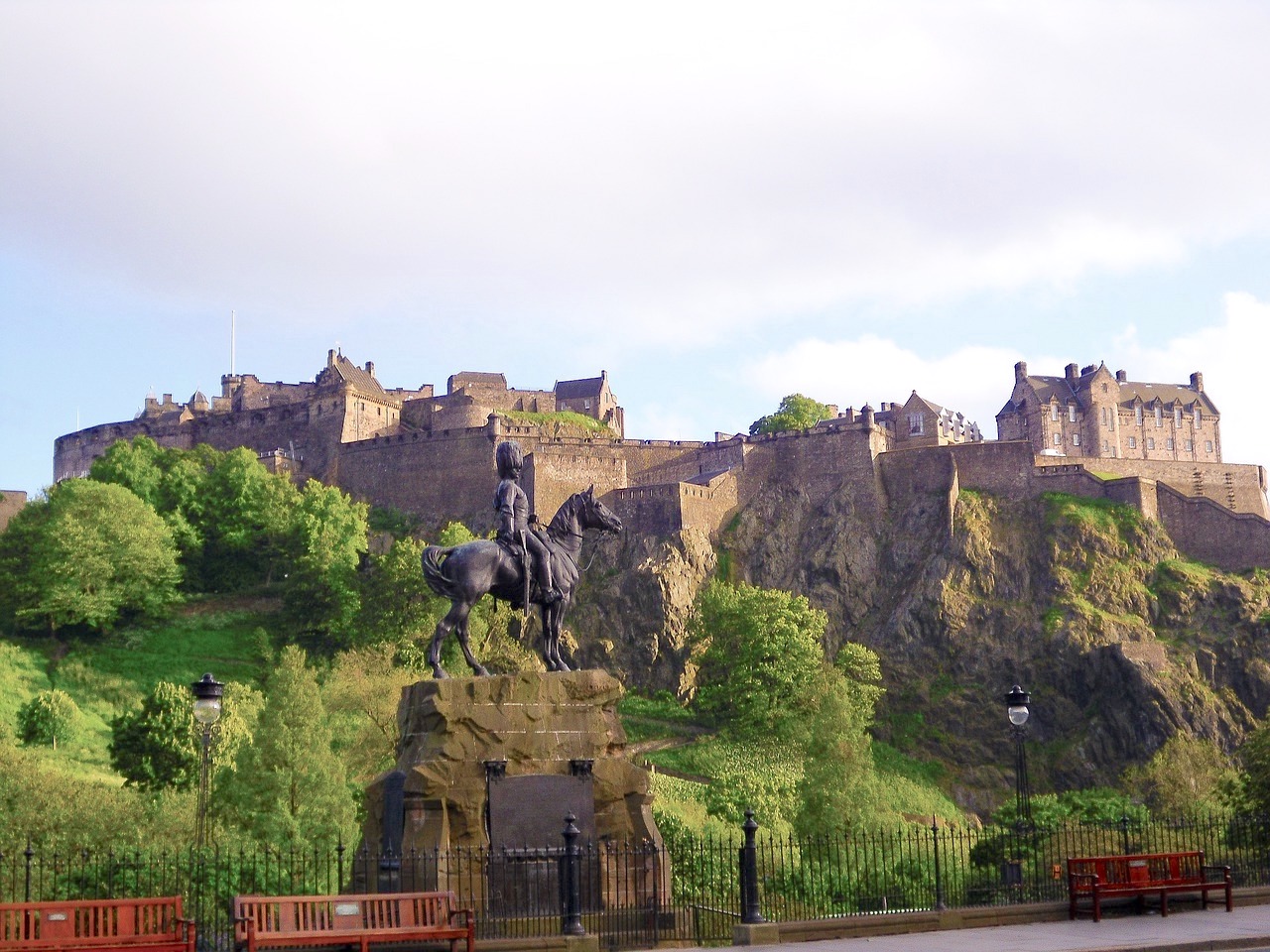
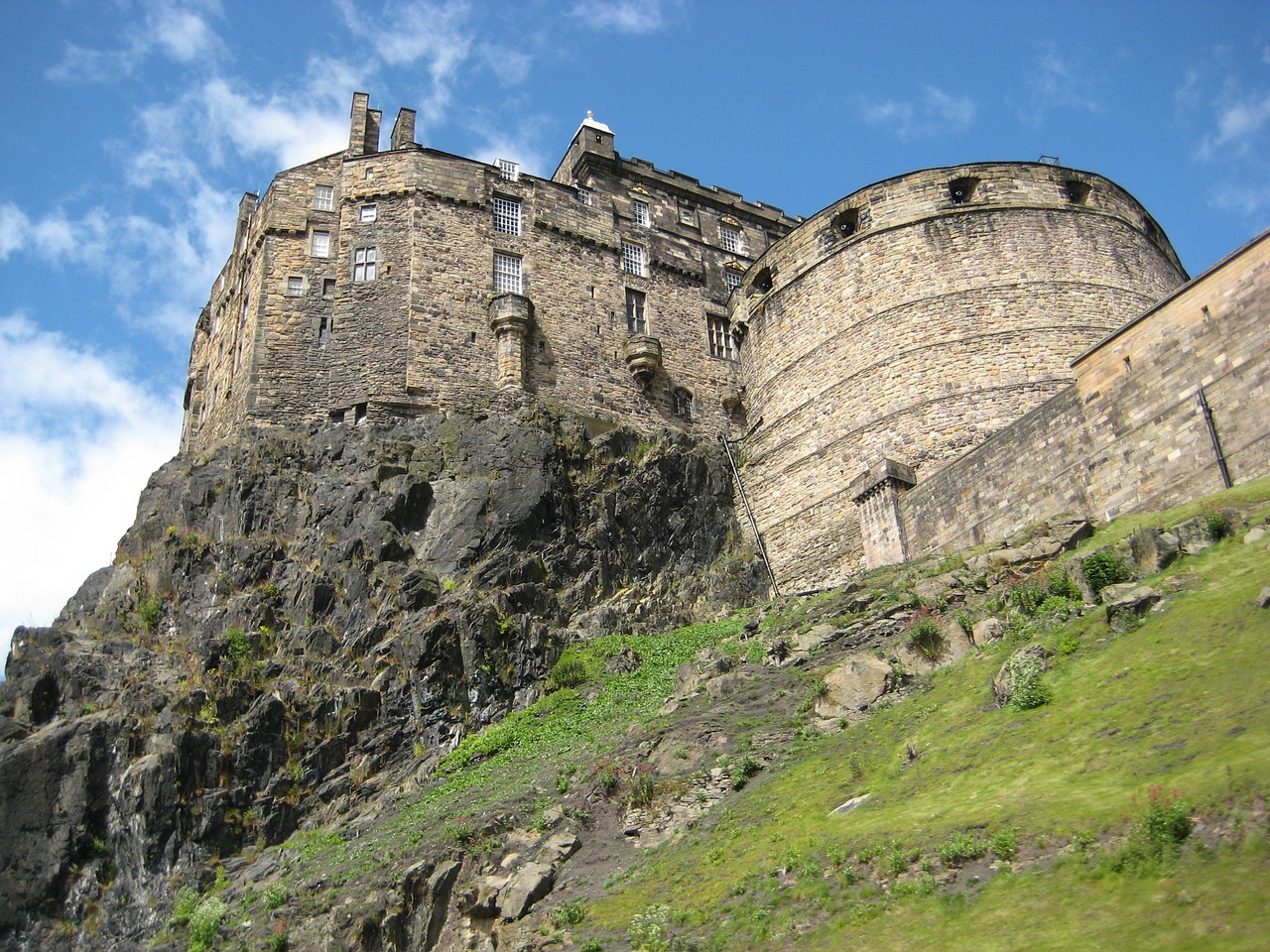
Read more: Scotland: What to do in Edinburgh – 2 or 3 days itinerary

There is a lot to discover in the castle, which comprises a large complex. Among them are: the Chapel of St Margaret (Saint Margaret), built in the 12th century and considered the oldest building in Edinburgh, the Royal Palace and the Great Hall, which are from the early 16th century; Scottish National War Memorial It's from Scottish National War Museum; Military Prisons; Scottish Crown Jewels; and the Stone of Destiny, coronation seat of the kings of Scotland.
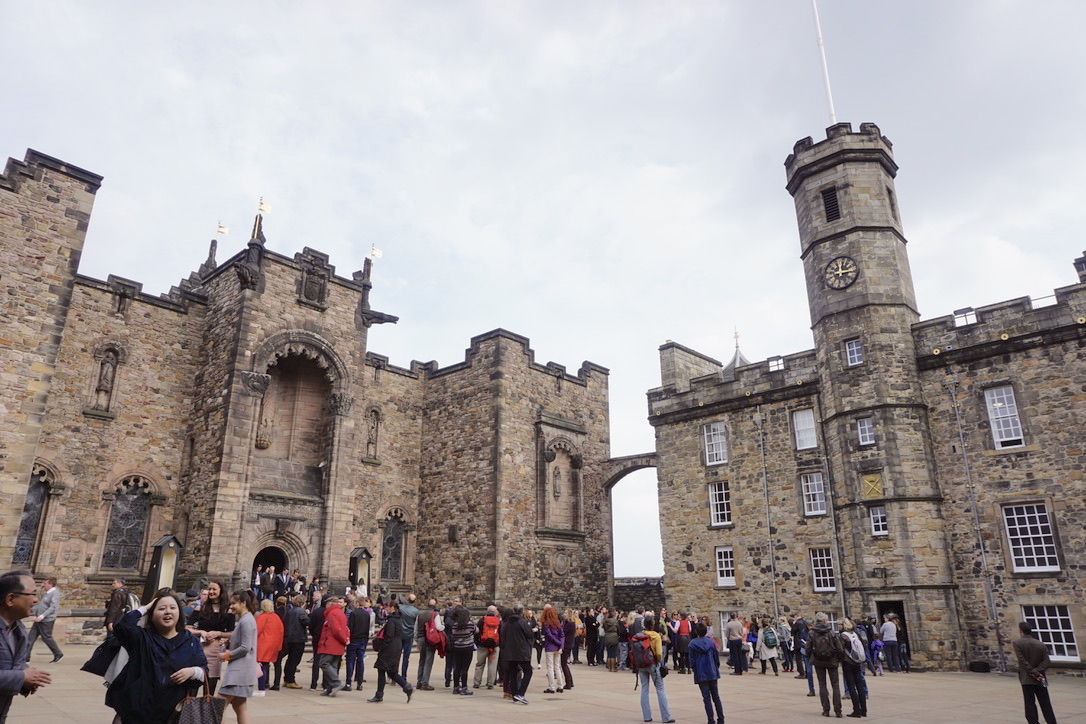
The lines for both buying tickets and visiting the places inside the castle can be quite long. So, plan ahead to visit the place. Remember that the complex where Edinburgh Castle is located is huge and you will need something around 2 to 3 hours to be able to visit the main buildings.
EDINBURGH CASTLE HIGHLIGHTS
At the top of the Royal Mile, you will reach a large courtyard before the castle entrance, known as “Castle Esplanade”. Pass the first gate (Portcullis Gate) to reach the ticket office, restrooms, information center and audio guides. Check the map below:

- TIP: official website offers some cool itineraries (for the period of morning, gives afternoon, if you only have 1 hour, The Royal Route, for families, road map military). See the main highlights of the visit below.
1. “FIGHT FOR THE CASTLE” EXHIBITION
The “Fight for the Castle” exhibit is located on the Argyle Tower (#14 on the map above), right at the beginning of the tour. Through it, it is possible to know more details about Edinburgh Castle during the Scottish Wars of Independence. This exhibition features animations, projections and many medieval objects that were found during excavations at the castle.
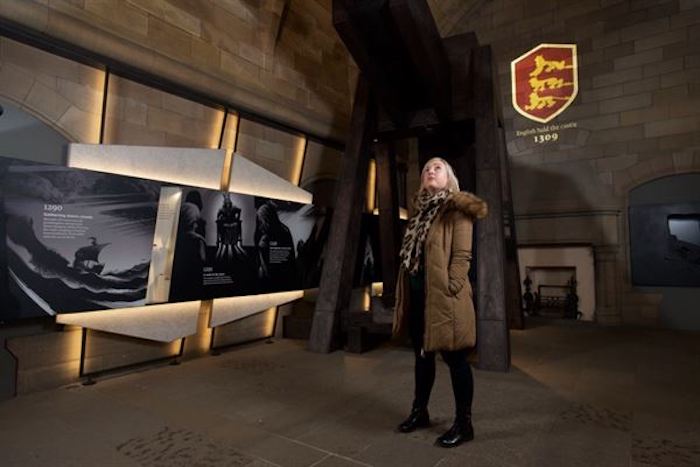
2. THE GREAT HALL (GREAT HALL)
The Great Hall (#20 on the map above) was completed in 1511 at the request of King James IV and is located in the heart of the castle. It has a beautiful wooden roof with large beams, stones engraved with important symbols and a badge of Scotland. However, King James IV had little time to enjoy the site, as he was killed just two years later in the Battle of Flodden, against the troops of the English King Henry VIII.
Subsequently, the hall became a barracks. Oliver Cromwell's army began military reform in 1650 and troops did not leave the site until 1886. The Great Hall of King James IV is located in the heart of the castle on Crown Square (#26 on the map above). Check out a video from the official website about the Great Hall below.
3. THE ROYAL PALACE (ROYAL PALACE)
The Royal Palace (#18 on the map above) was a place richly decorated according to the requirements of the kings and queens who lived there. Several important events took place on its premises. It was here that Mary Queen of Scots gave birth to James IV (known as James VI in Scotland and James I in England) in 1566. As a baby, he became king after his mother was forced to resign. to the Scottish throne and Elizabeth I died, leaving the English throne vacant. James therefore started the Stuart dynasty. In 1603, the Crowns of Scotland and England were united, and James I became "King of Great Britain and Ireland".
In 1617, to celebrate his Golden Jubilee, the room in which he was born was completely redecorated for the occasion. The site is one of the most beautiful in the palace to this day. His successor, King Charles I, was the last grandson to stay at the palace, sleeping there the night before his coronation in 1633. James VI's birthplace is located in the east wing of Crown Square (#26 in the map above ). Entrance is via a door next to the Crown Gift Shop.
4. THE STONE OF DESTINY (STONE OF DESTINY)
The story about the Stone of Destiny is one of the most interesting to know before visiting Edinburgh Castle. The Stone of Fate is a powerful and ancient symbol of the Scottish monarchy, witnessing the coronation of its kings for hundreds of years. According to legend, it was used by Jacob when he dreamed of Jacob's Ladder. The stone is seen as a sacred object. It is believed to have been brought first to Ireland, then to Scotland. In 1296, King Edward I of England took the stone from the village of Scone, located near the Scottish city of Perth, and built it on his own throne. Since then, the stone has been used in coronation ceremonies for the monarchs of England and later for Great Britain.
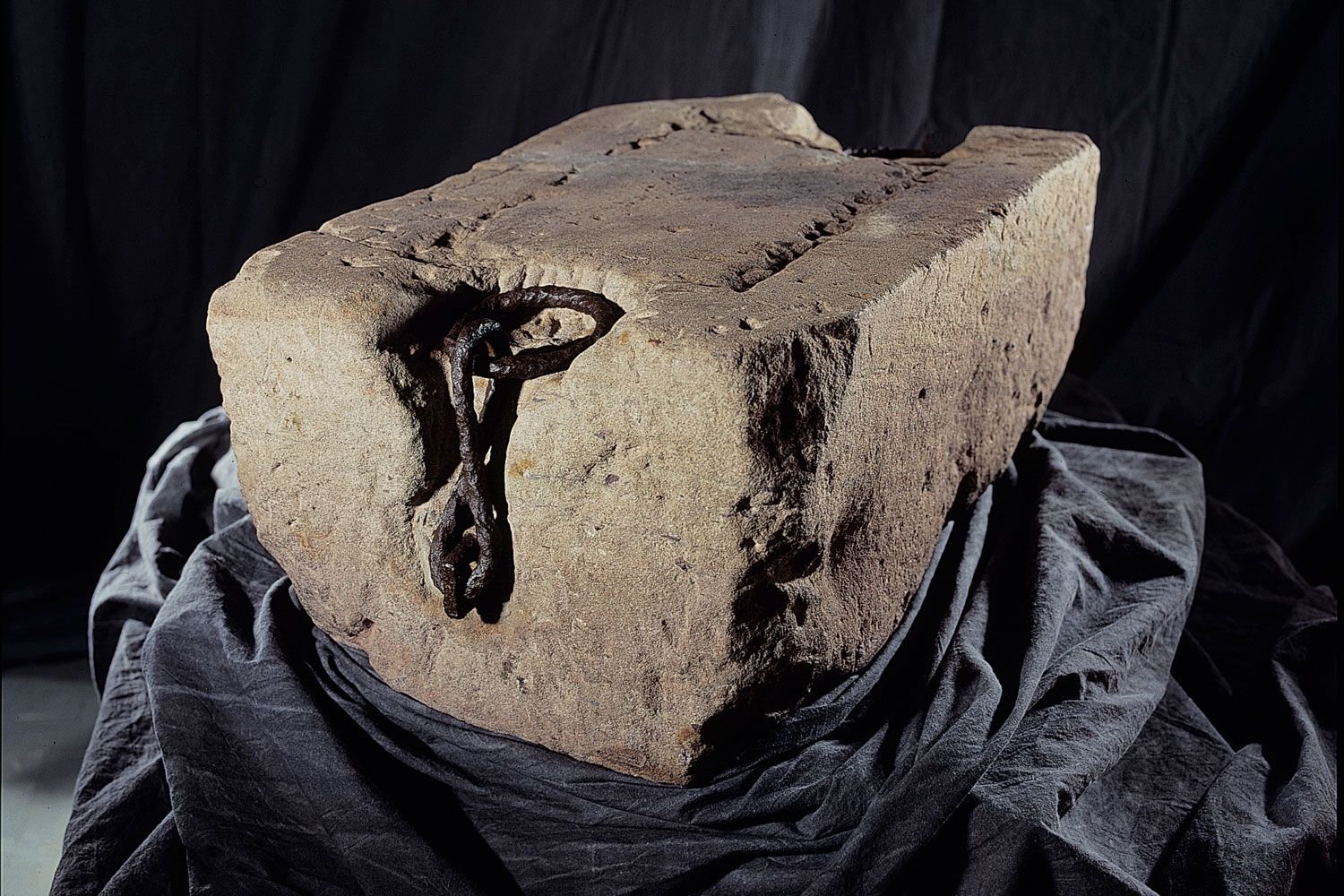
How are the coronation ceremonies of a new monarch performed in Westminster Abbey in London, the stone used to stay there, along with the heart chair. Interestingly, in 1950, four Scottish students managed to steal the stone and bring it to the door of Arbroath Abbey in Scotland, about 800 km away. In 1996, the Stone of Destiny was returned to Scotland and is now in the Crown Room, next to the Scottish Crown Jewels, where it can be seen by anyone visiting Edinburgh Castle.
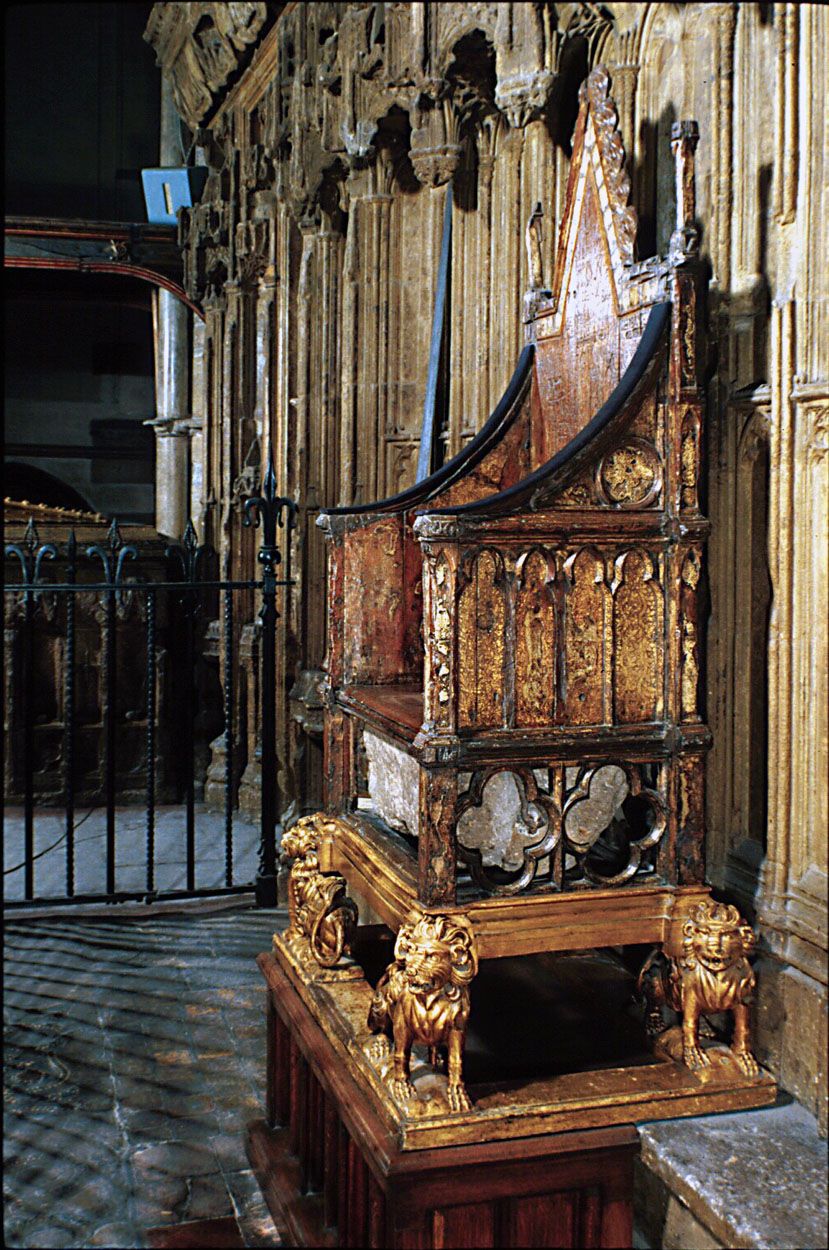
The stone will not leave Scotland again until there is a new heart at Westminster Abbey and will be placed in the space at the bottom of the coronation chair for the ceremony. To see the Stone, use the entrance to the Royal Palace which is next to the Clock Tower in Crown Square (#26 on the map above).
5. CROWN JEWELS (CROWN JEWELS)
And speaking of Jewels of the Scottish Crown (#19 in the previous map), this beautiful area of the Royal Palace cannot be photographed or filmed, unfortunately. Known as “The Honors of Scotland”, the jewels are displayed in a special exhibition, in glass cases.

Among the jewels are the scepter that was given to James IV by Pope Alexander VI in 1494; and the Crown used in the coronation of James V's wife, Mary of Guise, in 1540. The first time both were used together for a coronation was in 1543, during the ceremony of Mary Queen of Scots. Between 1651 and 1660 they were removed from the Castle and hidden from Cromwell's Parliamentarian army. In 1707, they were locked in a chest after the Treaty of Union (Union of the Crowns of the Kingdom of England and the Kingdom of Scotland, forming the Kingdom of Great Britain). The gems are located on the first floor of the Royal Palace on the east side of Crown Square (#26 on the map).

6. ST MARGARET'S CHAPEL (SANTA MARGARIDA CHAPEL)
St Margaret's Chapel (#11 on map) was built around 1130 by David I and dedicated to his mother Queen Margaret. St Margaret was a member of the English royal family who fled the Norman invasion and married Malcolm III. She performed many acts of charity and was canonized by Pope Innocent IV in 1250. The decorated arch of the chancel is original, but other details, such as the stained glass windows, are more recent. To get to the chapel, pass Foog's Gate (#10 on the map) and the chapel is located on the left, next to the Whiskey and Finest Food Shop.
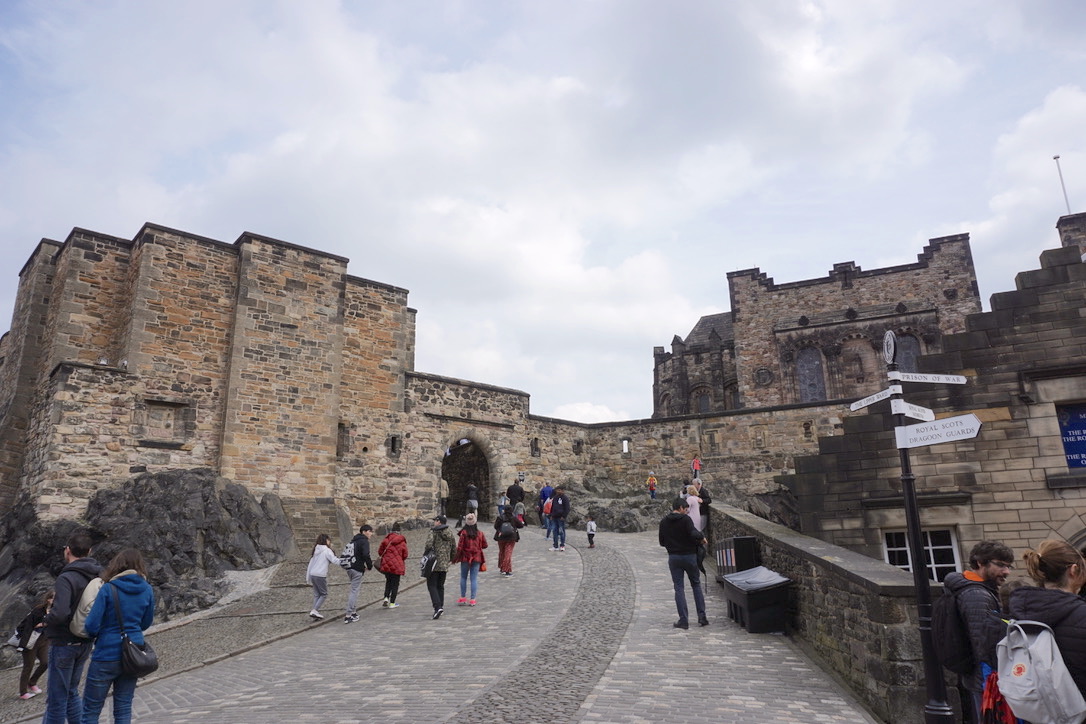

7. MONS MEG CANNON
Capable of blasting 150 kg artillery for 3.2 km, the Mons Meg cannon (#12 on the previous map) was at the forefront of military technology. To this day, it is considered one of the largest cannons in the world by caliber (20 inches). It was built in 1449 at the request of Philip the Good, Duke of Burgundy, and sent to James II as a gift to the king in 1454. The cannon was retired in 1550, after years of use in various conflicts.
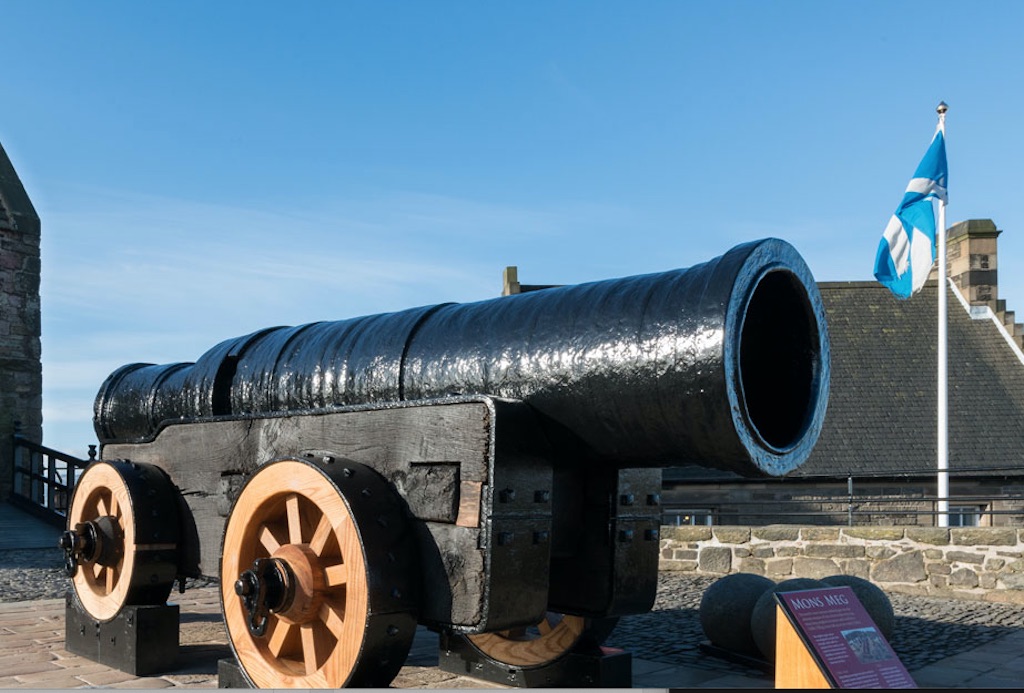
In 1558, she shot the Royal Botanic Garden, in Edinburgh, to celebrate the wedding of Mary Queen of Scots. The cannon remained at Edinburgh Castle until 1754, when, along with other weapons not used in Scotland, it was taken to London Tower, where the British Crown Jewels are located. After 75 years in England, Mons Meg made a triumphant return to the castle in 1829, escorted by cavalry and infantry. Mons Meg has since been restored and is now on display outside St Margaret's Chapel, near the Whiskey and Finest Food Shop.
Read more: Scotland: Guide to Exploring the Royal Mile in Edinburgh
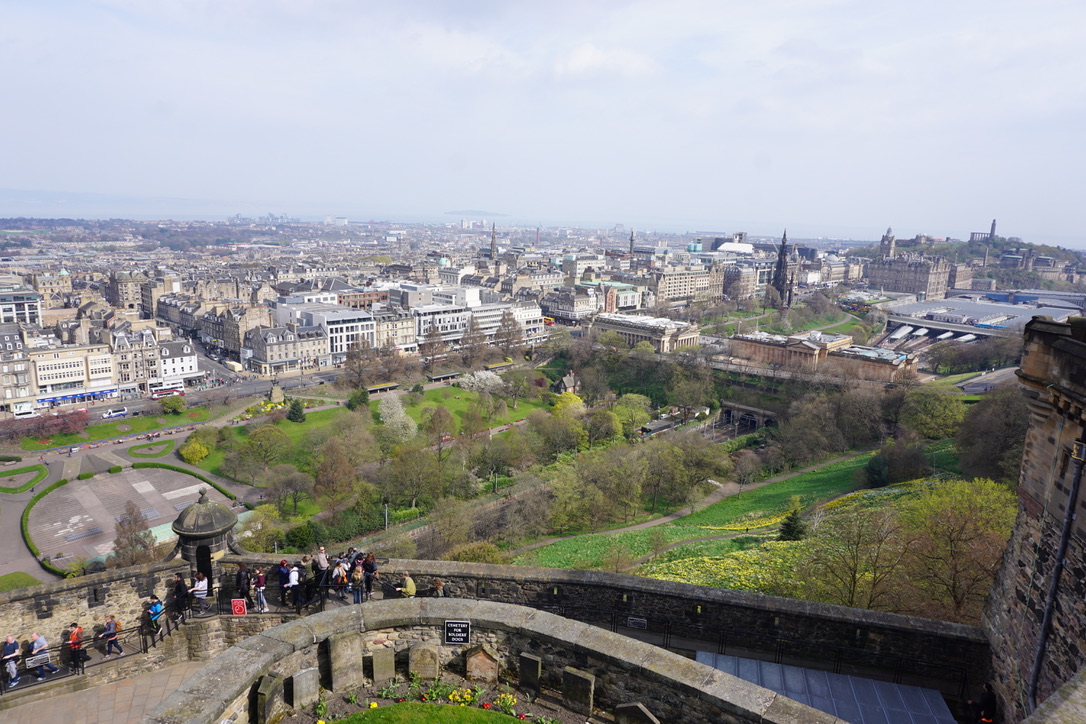
8. ONE O'CLOCK GUN
The firing of the One O'Clock Gun dates back to 1861, when it allowed ships to set the marine clocks they needed to navigate the world's oceans. The idea was brought from Paris to Edinburgh by businessman John Hewitt. To this day, the gun is fired at 1 pm every day except Sunday, Christmas Day or Friday, with crowds gathering to enjoy the event.
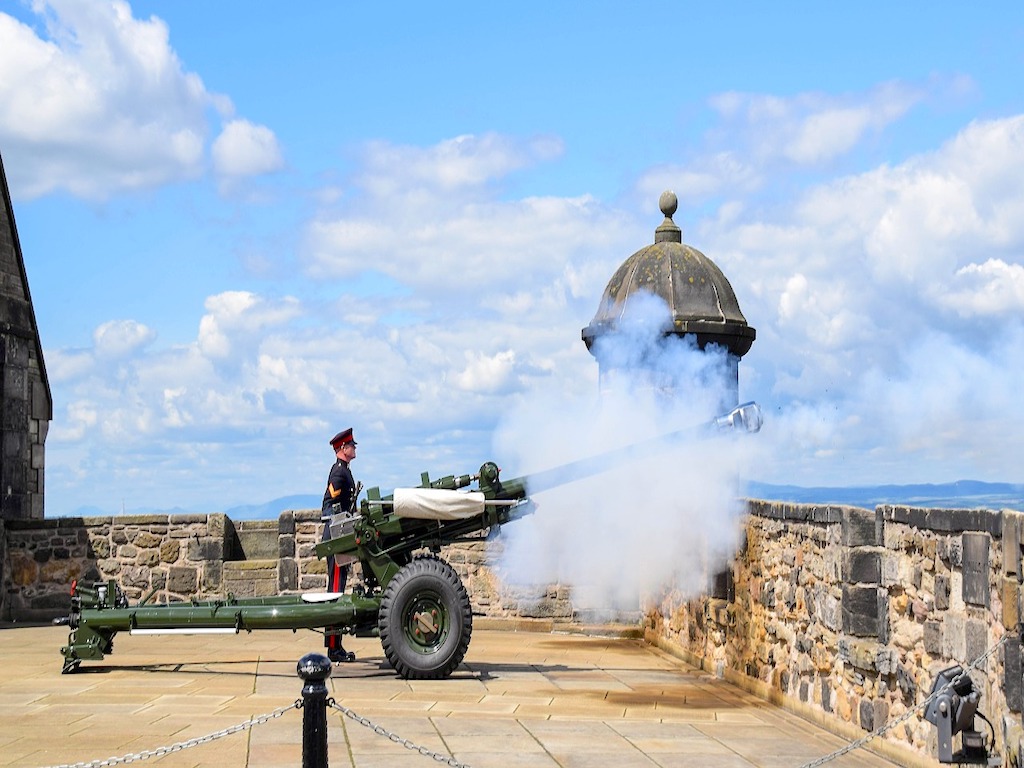
The One O'Clock Gun is located outside the Redcoat Café. go through Portcullis Gate (#1 on the previous map) and go right at the end of the Argyle Battery (#3 on the map). See more details in the official video below.
9. HALF MOON BATTERY
The “Bateria da Meia Lua” (#16 in the previous map) was built, between 1573 and 1578, on top of the ruins of the David's Tower (#17 on map) allowing cannons to fire in the vicinity of the castle. The battery was built to act as the castle's main high-level defense on its vulnerable east side.

Until 1716, the battery was armed with seven bronze weapons for James IV, known as the "Seven Sisters". The cannons that can be seen today were made in 1810 during the Napoleonic Wars. The Half Moon Battery is on the east side of the castle, overlooking the main entrance.
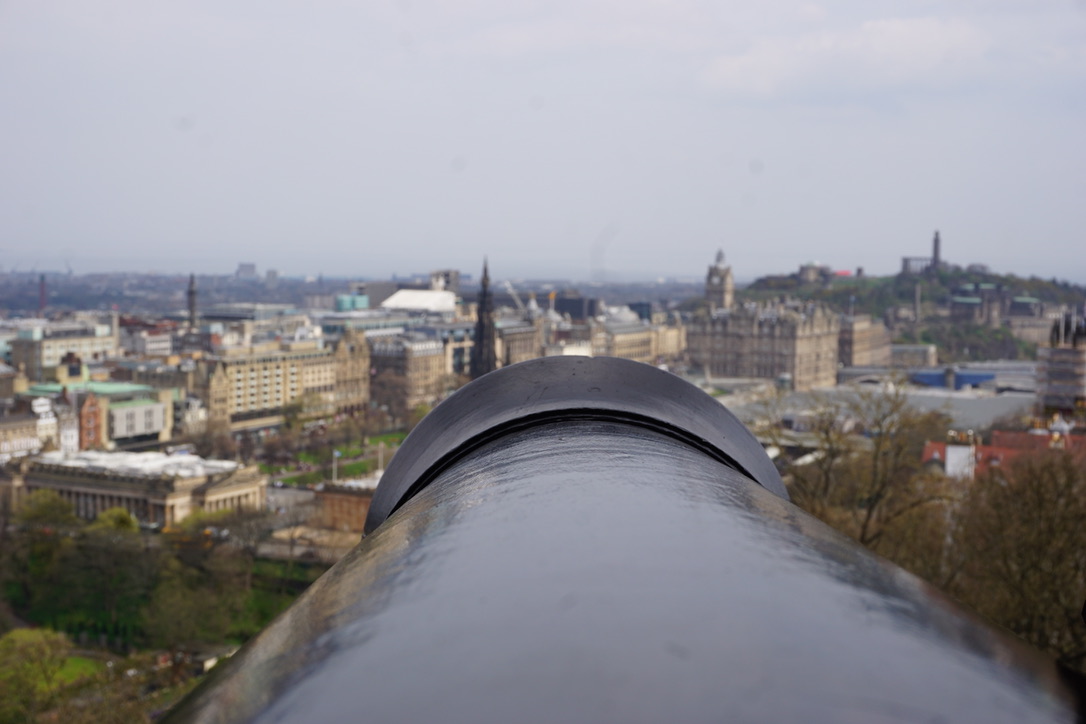
10. NATIONAL WAR MUSEUM
The National War Museum (#5 on the map) contains a wealth of materials ranging from source letters from foreign campaigns to chemical warfare clothing. O Scottish National War Museum it is housed in an old war material warehouse. It was built in 1700 and later used as a military hospital.

Opened in 1933, the museum has a large collection that includes many artifacts used by Scottish forces over the centuries, as well as paintings and a research library. It is located on Hospital Square and can be accessed via the Redcoat Café on the right, down the hill and the archway directly ahead.
11. PRISONS OF WAR (Prisons of War)
This recreation of a prison offers visitors a glimpse into the lives of prisoners of many nationalities (France, the Americas, Spain, Netherlands, Ireland, Italy, Denmark and Poland) who were found there. There was even a 5-year-old boy captured at the Battle of Trafalgar in 1805.
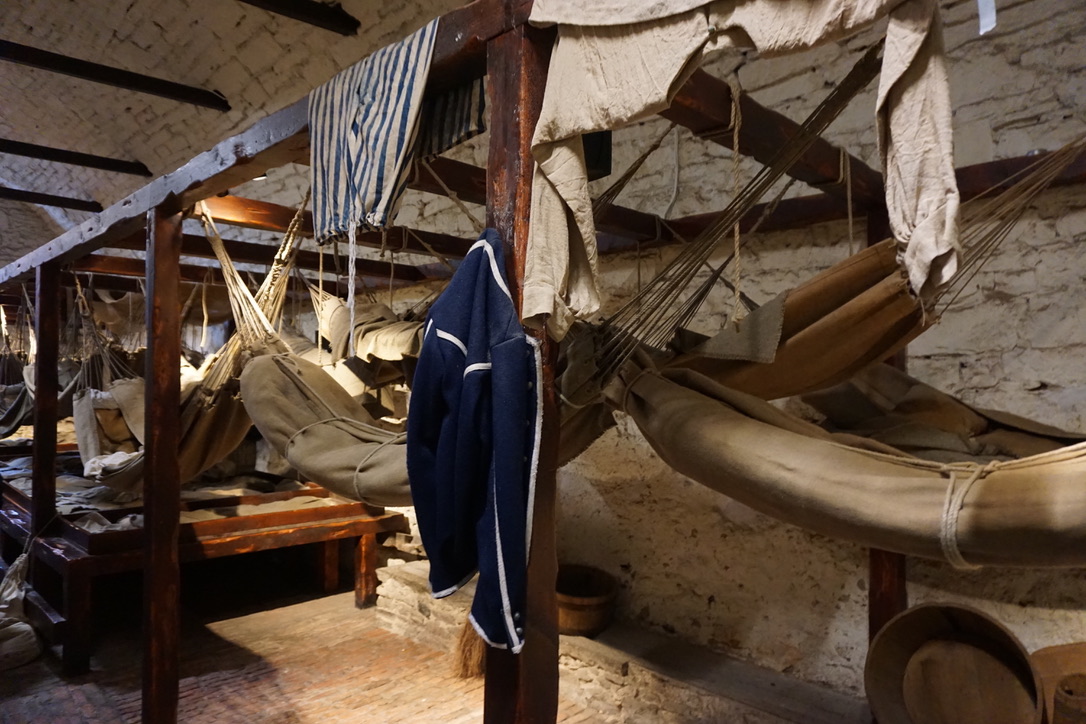
The entrance to the Prisons of War (#22 on the map) is located inside Dury's Battery (#23 on the map), at the top of the hill, past the The Royal Scots Regimental Museum (#8 on the map) and through the set of gates ahead. Watch the official Edinburgh Castle video of these prisons below.
12. SCOTTISH NATIONAL WAR MEMORIAL (WAR MEMORIAL)
Located on the north side of Crown Square, the Scottish National War Memorial (#21 on map) honors the dead of both world wars and military campaigns since 1945. The country's finest artists contributed to creating a work of architectural and artistic significance on the site.

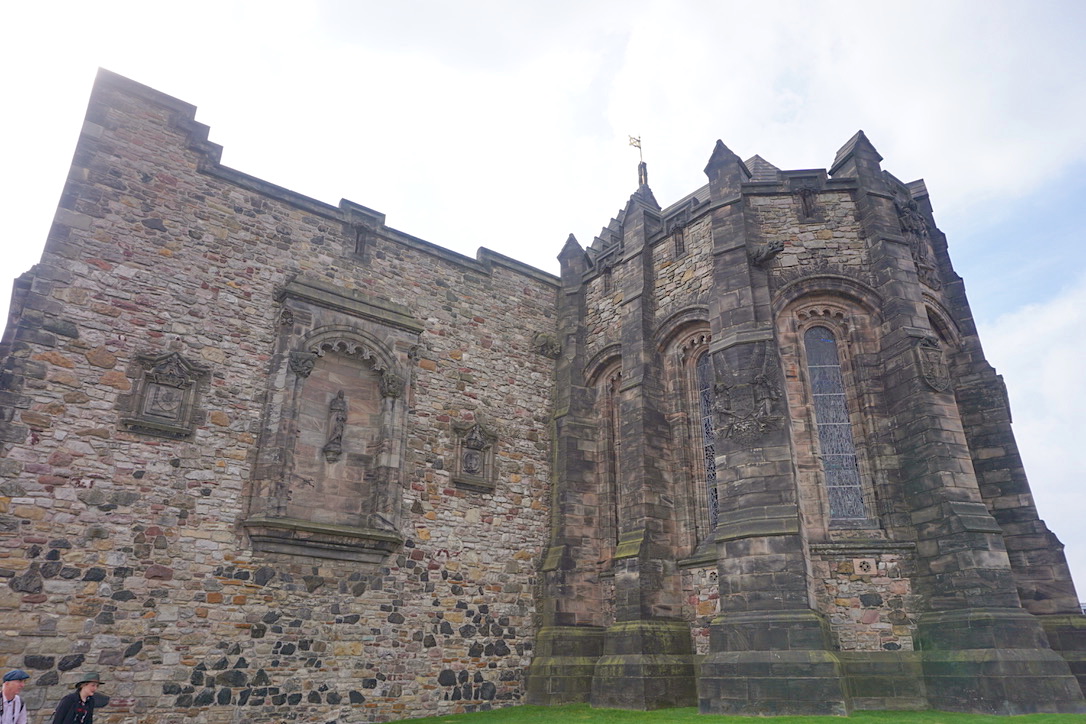
Sculptures and stained glass provide moving representations of World War I scenes. Other works symbolize courage, peace, justice and the survival of the spirit, while animal figures represent vices and virtues. The memorial takes the place of the former Church of Santa Maria, which became an ammunition depot in the 1530s and was demolished in 1755.
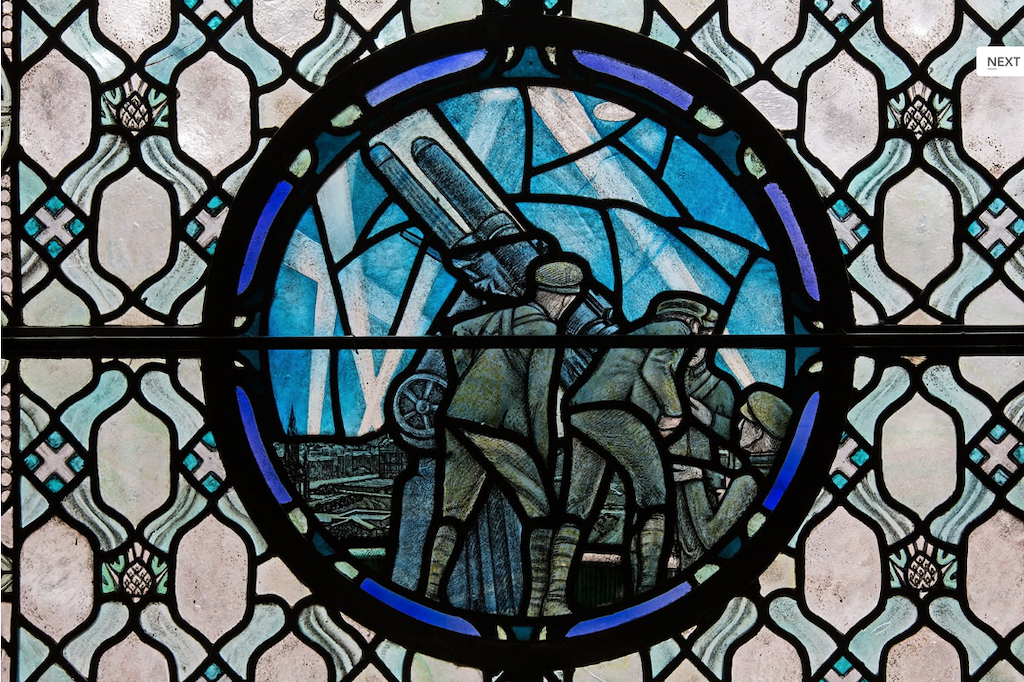
13. REGIMENTAL MUSEUMS
The Royal Scottish Dragon Guards were created to help King Charles II fight the Covenanters, religious dissidents of the 17th century. the museums The Royal Scots Dragoon Guards Regimental Museum and The Royal Scots Regimental Museum are located in New Barracks in two units (#8 and #9, respectively, on the map). The museums display a wide range of objects, including weapons, uniforms, medals and paintings. These were brought together to depict the history of the antecedent regiments that formed or were associated with the Royal Scottish Dragon Guards. Among the highlights are a bronze eagle which was carried by the French 45th Infantry at the Battle of Waterloo. The museums are located at the top of the hill, just before Foog's Gate (#10 on the map).
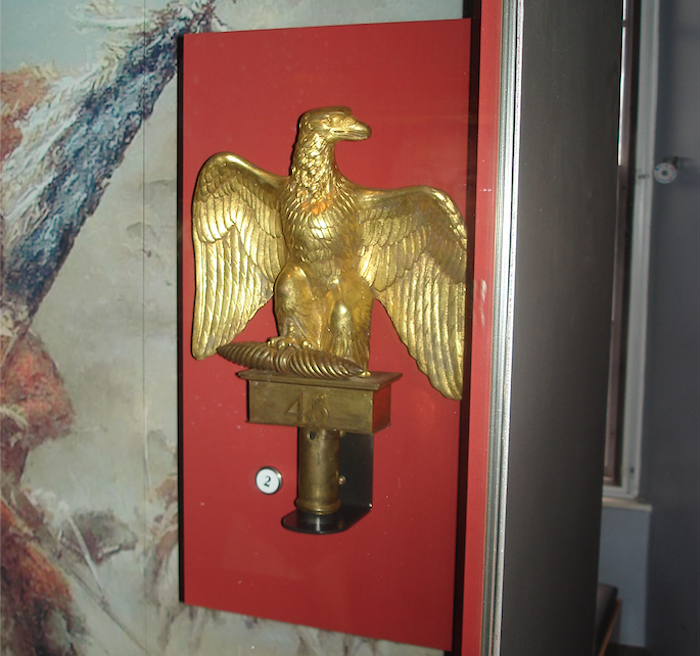
BOOK NOW your hotel and save up to 50%. Travelers readers are with a SUPER DISCOUNT! And the best, with FREE CANCELLATION*!
*check the hotels with free cancellation on the website
WHERE TO EAT AND SHOP IN THE CASTLE
> EAT
- THE TEA ROOMS: Great option to enjoy a traditional afternoon tea with a wide selection of teas, coffees, juices, delicious sandwiches and cookies with homemade strawberry jam and cream, as well as handmade filled cakes. Open in summer from 9:30 am to 5 pm, and in winter from 10:30 am to 4 pm. Check the menu here and the special afternoon tea menu in this link.
- REDCOAT COFFEE: Inspired by the distinctive red coats of the 18th century castle guards, Redcoat Café offers dishes for all tastes. Whether it's a healthy meal, soup, sandwiches, baguettes, snacks or a delicious cake. Hot dishes are served between 11:30 am and 3:30 pm.
> PURCHASE
From unique gifts inspired by Edinburgh Castle, whiskeys and fine jewelry, the Castle has three shops with a variety of gifts perfect to take home. Also check the store items in this link.
- Portcullis Shop: Extensive range of unique Edinburgh Castle wares and Scottish crafts. The shop is next to the ticket office and is the largest in the castle. There is a plethora of souvenirs, Scottish jewelry, scarves, ties and children's items. You don't need to buy a castle ticket to access this shop, just go through the Portcullis Gate (#1 on the map above).
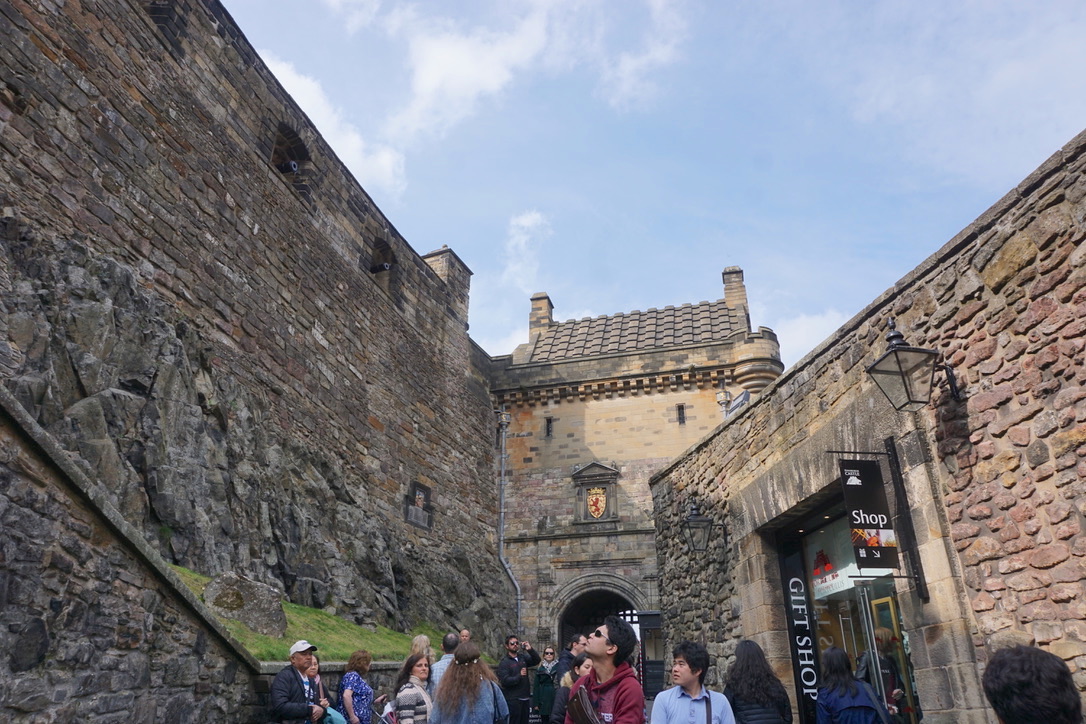
- Crown Gift Shop: Exclusive porcelain and jewelery pieces from leading Scottish designers and a range of jewelery inspired by the “Honors of Scotland”. Located on Crown Square, the store also has an extensive range of tapestry collections and special items for children to feel like princes and princesses.
- Whiskey and Finest Food Shop: Huge selection of whiskeys including Edinburgh Castle malt whiskey and the rare malt cabinet. There are also whiskey tasting events on site. There are also other drinks, such as the award-winning Berry Good vodka and Caithness gin. The shop is located next to St Margaret's Chapel and also offers delicious Scottish pastries, including artisan chocolate and traditional dishes such as shortbread, tablet, oatcakes and other cakes.
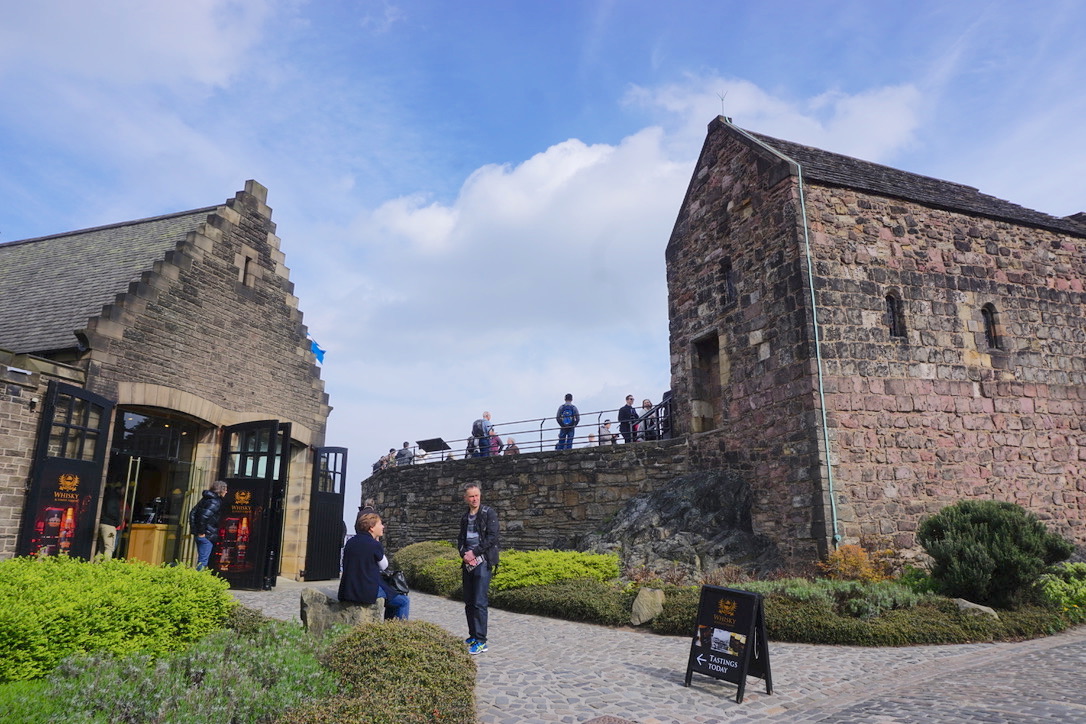
HOW TO REACH EDINBURGH CASTLE
Edinburgh Castle is located on top of the hill at one end of the Royal Mile, the most famous set of streets in the city. At the other end is the Palace of Holyroodhouse, official residence of the British monarchy in Scotland. The location is very easy to reach on foot and is very close to Edinburgh's main attractions. For more information access this link.
SAVINGS TIP: DISCOUNT CARDS
- ROYAL EDINBURGH TICKET: For those who want to enjoy at least 48 hours in the city and save a lot, the tip is the Royal Edinburgh Ticket, a ticket that includes entry to 3 Edinburgh attractions (Edinburgh Castle, Holyroodhouse Palace and Royal Yacht Britannia – a former British royal family yacht located 4km from the city centre), plus unlimited stops aboard the Hop-On Hop-Off bus. For more information access this link.
- EXPLORER PASS: It is a valid ticket for up to 14 days to explore not only Edinburgh, but all of scotland. There are more than 70 historical attractions in the country that are included in the ticket. Plus, you get 20% off the Edinburgh Castle audio guide, and priority entry to many attractions. Check all the information of what is included in the ticket here.
IMPORTANT INFORMATION
edinburgh castle
- Address: Castlehill, Edinburgh EH1 2NG, Scotland, UK
- Schedules: April to September 9:30am to 6pm / October to March 9:30am to 5pm
- Entrance: £17 / Audio guide: +£3.50 (Spanish but not Portuguese) – buy your tickets online and avoid queues
- Other input options:
- Ticket (skip-the-line entry) + Guided Tour: £32 – buy here
- Ticket Edinburgh 48 hours: £55 – buy in this link
Save this tip on Pinterest!
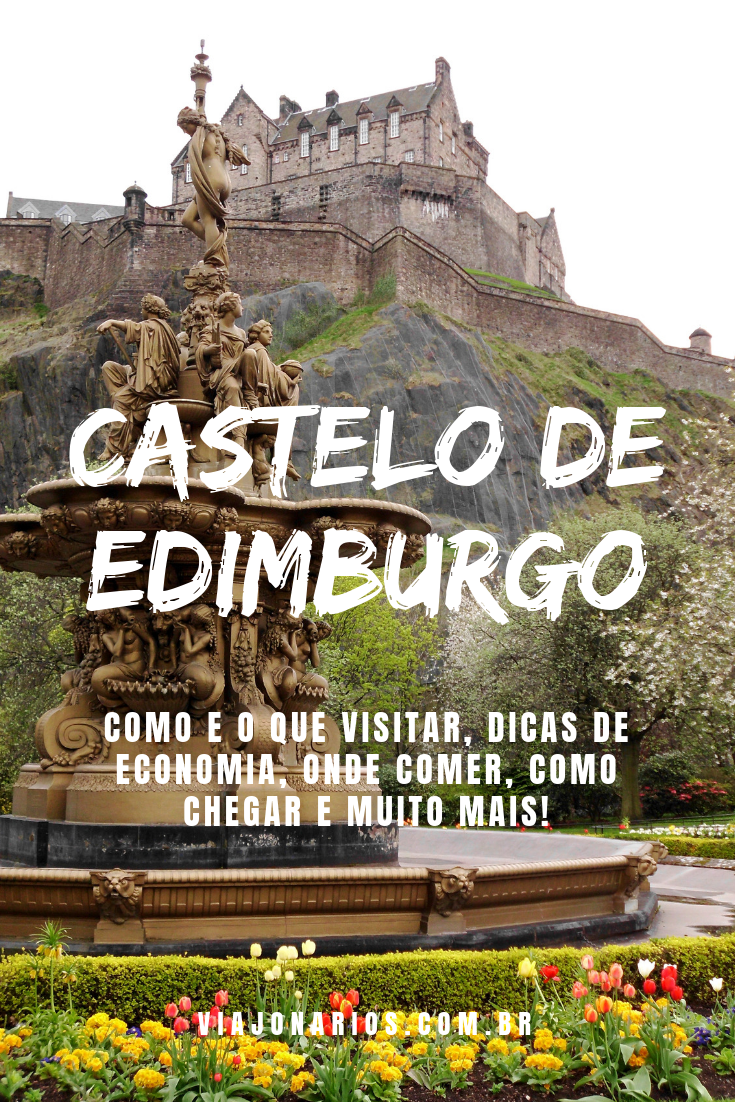
Read more about Edinburgh:
- Scotland: What to do in Edinburgh – 2 or 3 days itinerary
- Scotland: Guide to Exploring the Royal Mile in Edinburgh
- Scotch Whiskey Experience: Secrets of Scotch Whiskey in Edinburgh
- Scotland: Edinburgh accommodation tip
- Holyroodhouse: Official Palace of British Royalty in Scotland


